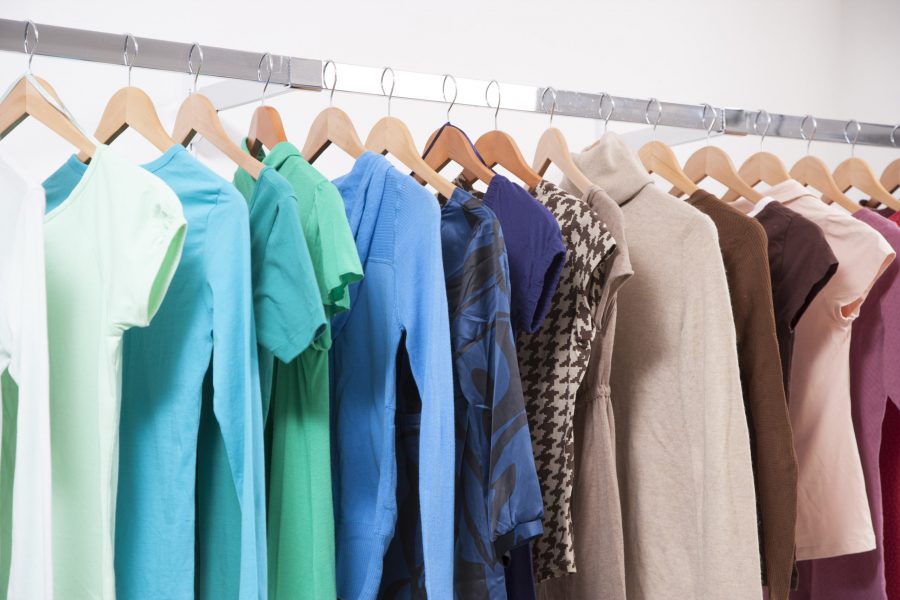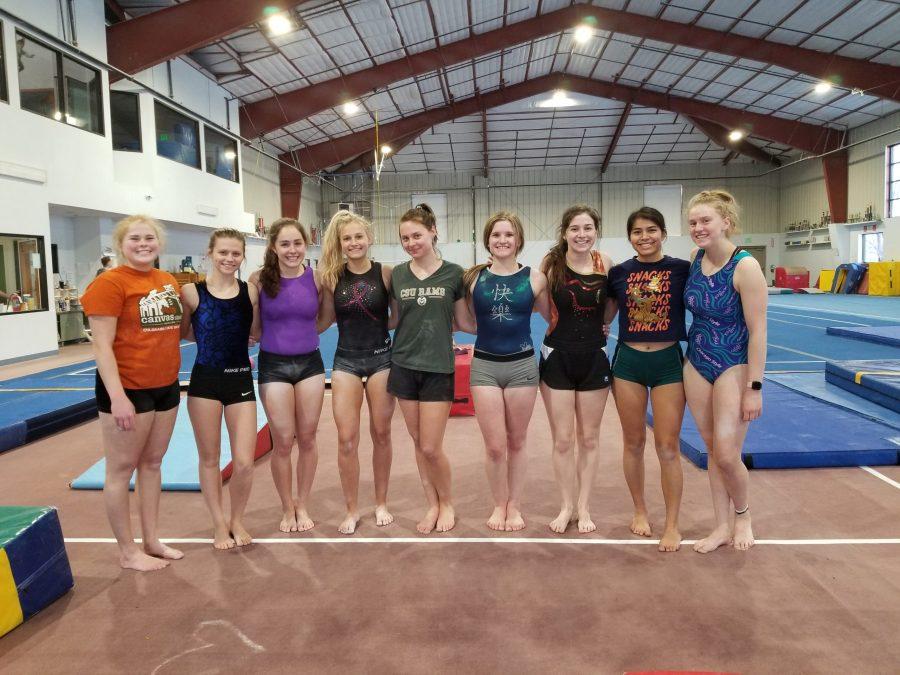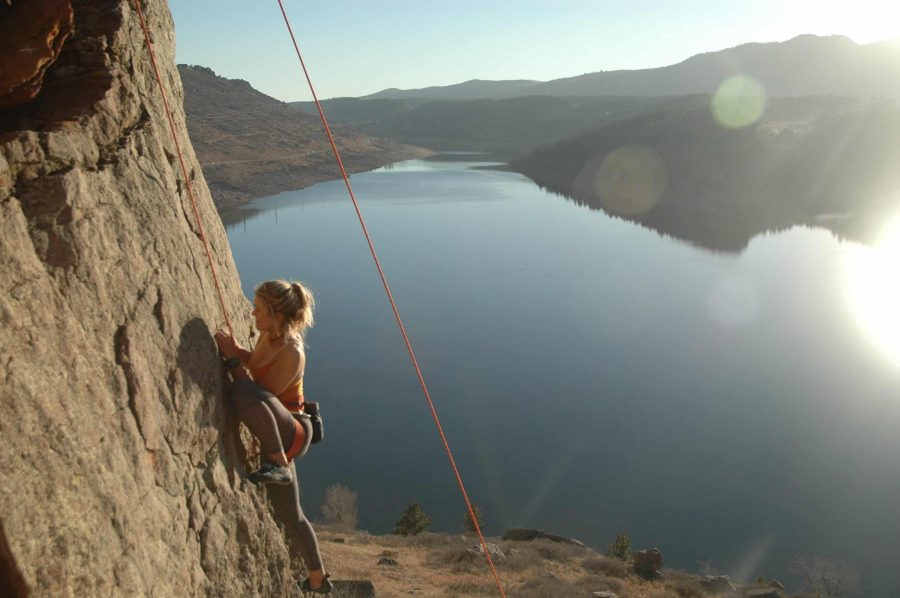SPONSERED CONTENT
By Jake Wilson
Hardtail vs. Full Suspension – What’s the difference?
Mountain bikes come in two major categories, hardtails and full suspension. The difference between the two comes in the form of suspension. Hardtail mountain bikes only have front suspension called a fork, while full suspension bikes have both a fork and a rear shock. This fork and shock can range in suspension travel measures in millimeters allowing for more or less suspension. On the trail, a full suspension bike will retain better traction and be a more comfortable ride. However, this comes at the cost of some climbing efficiency. In comparison, hardtails will have less traction but retain better climbing efficiency. Both types of bikes are a blast to ride and everyone has their personal preference on which is more fun. In reality, it comes down to what kind of trails you will be riding and how much money you are willing spend.
Within these categories, there are also different types of bikes available. The three most common types of mountain bikes are cross-country, trail and downhill bikes. Each has their unique uses and situations where they excel. These categories are defined by the amount of suspension travel a bike has.
Cross-country bikes come in both full suspension and hardtail versions. These bikes have between 80mm and 130mm of travel, excell at climbing and are a great choice if you ride smoother trials that involve a decent amount of climbing. Trail bikes also come in both hardtail and full suspension version but full suspension is more common. These bikes have between 130mm and 180mm of fork travel and are part of the largest group of bikes.
Trail bikes are the perfect choice for most situations because they provide a balance between climbing and descending performance. These bikes can handle a wide variety of trails and are the most prominent type found in Colorado.
Downhill bikes offer the greatest descending ability, having 200mm of fork travel and a similar amount of rear travel. These are the best choice if you are riding lift access bike park trails or shuttling a trail with friends. Downhill bikes are also engineered to have unparalleled descending performance, and therefore do not climb well at all.
What to look for when purchasing:
Finally pulling the plug and buying a bike can be a daunting andstressful when considering the price point as well as theinnumerable quantity of bikes and components available. The main factors to consider when purchasing your new bike are quality and the types of trails you will be riding. Having a quality mountain bike can mean the difference between constantly fixing broken parts or being able to enjoy your ride for a long time with minimal upkeep. Considering the types of trails you will be riding is equally important to narrow down your potential options. The best way to gauge what type of bike you will need for your trails is to go to your local bike shop (Road 34, Lee’s Cyclery) and ask their opinion. They will be able to give you information on what types of trails are in the area as well as point you in the right direction for choosing a bike.

Quality is generally achieved through the components on the bike. As the quality of the parts increases, so does price. When buying a mountain bike you can expect to spend anywhere from $800 to well over $5,000 depending on the quality. Components that make the biggest difference in ride quality are the drivetrain, wheels, suspension components and brakes. With countless options in each of these categories, it can be difficult to find the right balance between how much money you want to spend and the quality of bike. A good rule of thumb is to spend the most money on the components that matter most to you. For instance, if you are interested in having the best descending experience, it would be a good idea to consider a bike that has more suspension travel, stronger wheels and good brakes. In my opinion, it is best to find that balance where the bike is capable at descending while still being able to climb well. In the end, the choice is all up to you and your personal preferences!










